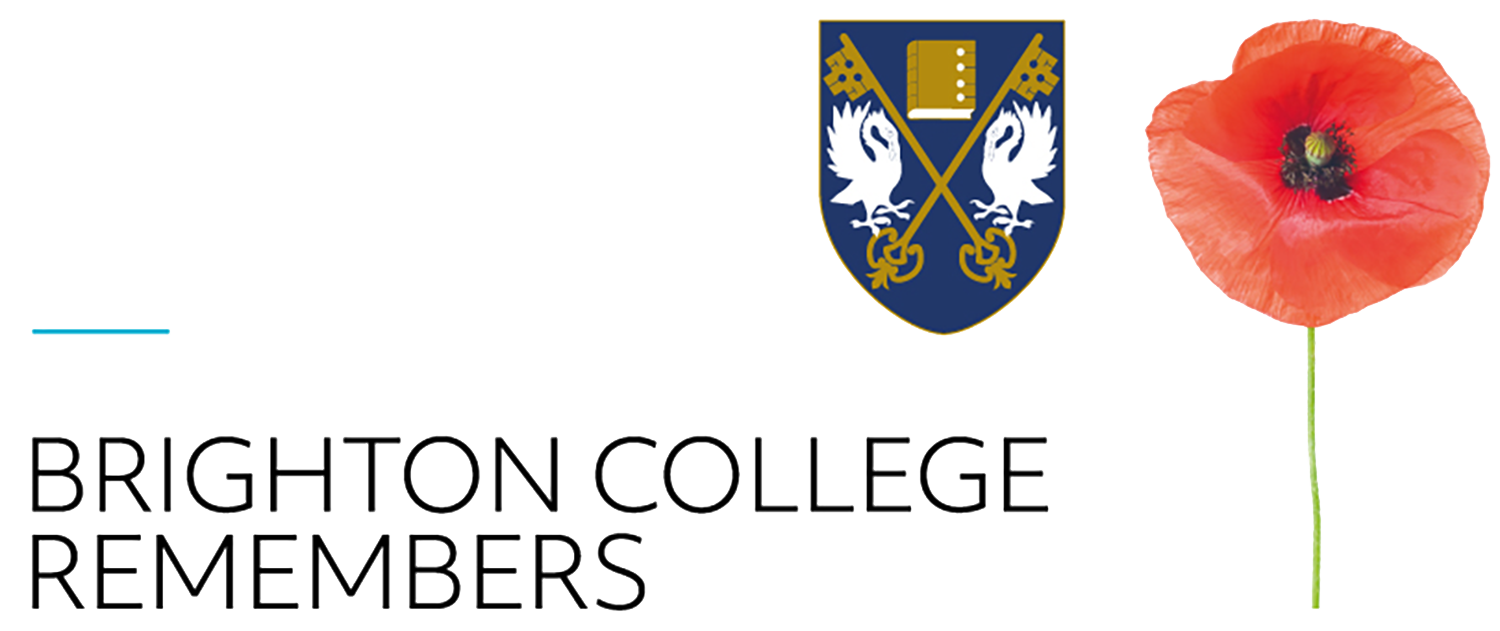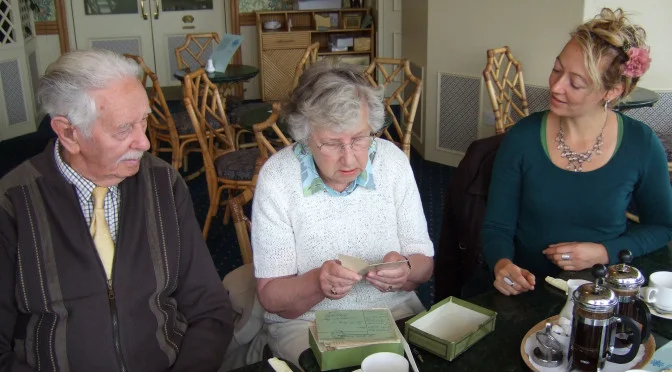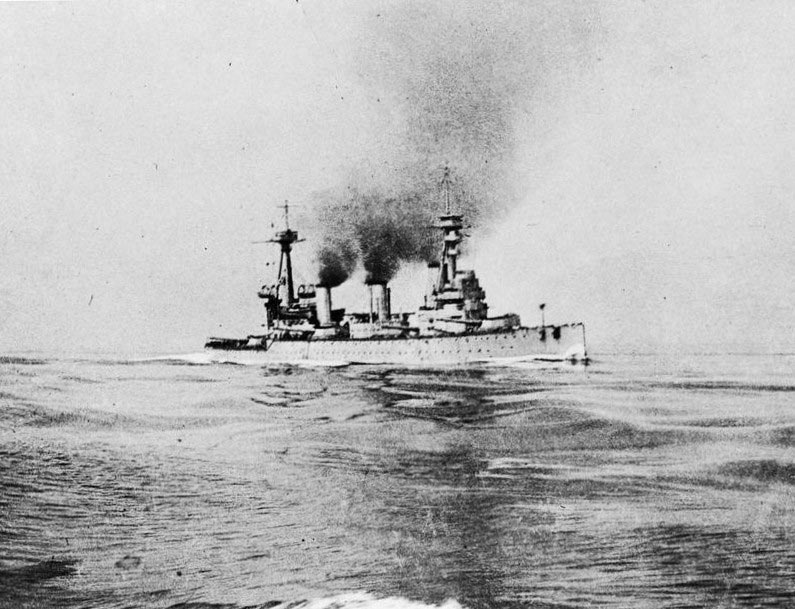We’d like to say a huge thank you to all our 4th Form families who have put so much time and energy into completing research this term. Many of you have got in touch to let us know you’ll be working on your projects over the break (when you’re not tucking into Christmas treats, of course!). To support this research, we thought we’d share a few more tips..
We recently mentioned that our Oral History Society will be supplementing the 4th Form’s Second World War research by way of an oral-history project. The aim of the project is to document life ‘on the home front’ at Brighton College.
While our 4th Form are busy researching the school’s Roll of Honour, pupils in the 6th Form are planning to supplement their research by way of an oral-history project. The aim of the project is to document life ‘on the home front’ at Brighton College. To help them prepare, we invited Nicola Benge, from Strike a Light, to deliver a training session on Friday.
In 1940, Winston Churchill authorised the creation of a new wartime secret service, the Special Operations Executive (SOE), with the order “And now set Europe Ablaze”.
The College’s Second World War Roll of Honour lists 170 former pupils and teachers killed on active service during the conflict. We are asking every family with a 4th Form pupil to research one name from the Roll of Honour, which will then become part of a book to be published in 2019.
This week every pupil at the College given a copy of the book “Never to Return Brighton College’s Fallen 1914-18”. There have been many touching stories shared throughout our remembrance activities and just this week the Head Master heard from Lucy Spink, a current College parent, which she has kindly agree to share with the College community
Remembrance wreaths were laid today at Brighton College as part of the College's Remembrance Day.
This was recorded by the pupils who researched the Roll of Honour in the Lest We Forget project, and the music was played by Brighton College pupils. The piece is by the Ravel Menut from Le Tombeau de Couperin - each movement is dedicated to the memory of a friend of the composer (or in one case, two brothers) who had died fighting in World War I.
On Friday 17th June we gathered to remember the 976 Old Brightonians who served in the Great War and in particular the 149 who died, never to return.
Some of you may have noticed our 147 has recently increased to 149. After completing further research, and confirming details with First World War historians, we discovered the following boys needed adding to the roll of honour.
Tallulah Pudney’s “The Blind Leading The Blind” artwork took the prize at the Never Such Innocence Poetry and Art Competition, set up to ensure children understand the great global sacrifices made during the First World War and to encourage young people to actively learn about their shared history and heritage.
The Battle of Jutland (31 May - 1 June 1916) was the largest naval battle of the First World War. The Germans damaged Beatty’s flagship, HMS Lion, and sank HMS Indefatigable and HMS Queen Mary, both of which blew up when German shells hit their ammunition magazines. All 57 officers and 960 seamen of the crew of the Indefatigable were lost – including Midshipmap William Llewelyn Griffith (Ha. 1905-10), aged 18.
British killed and injured on 1st July: 57,470
On average, 893 men died each day of the 141 days of battle.
Total allied and enemy casualties: over one million
Front line advanced: 5 miles
Walter Bartlett was killed in action in the Somme, 14th September. He has no known grave but his name is commemorated, along with the names of 11,000 other Canadians, on the Vimy Memorial, France.
“Thoughts of a speedy conclusion to the war are beginning to vanish, and we know the stiff nature of the task that lies before us.”
The North family bestowed a great favour on the College in June 2015 when they arranged for the medals of Lister Durrell Wickham to be donated to the College.
Brighton College re-introduced the wearing of boaters for its prefects in the summer of 2015, as a mark of respect to the school’s 147 old boys who fell in World War One. The pupils last wore the distinct blue and red-ribboned boaters back in 1969 when they had been a feature of the College uniform and well-recognised around Kemp Town for decades.

















